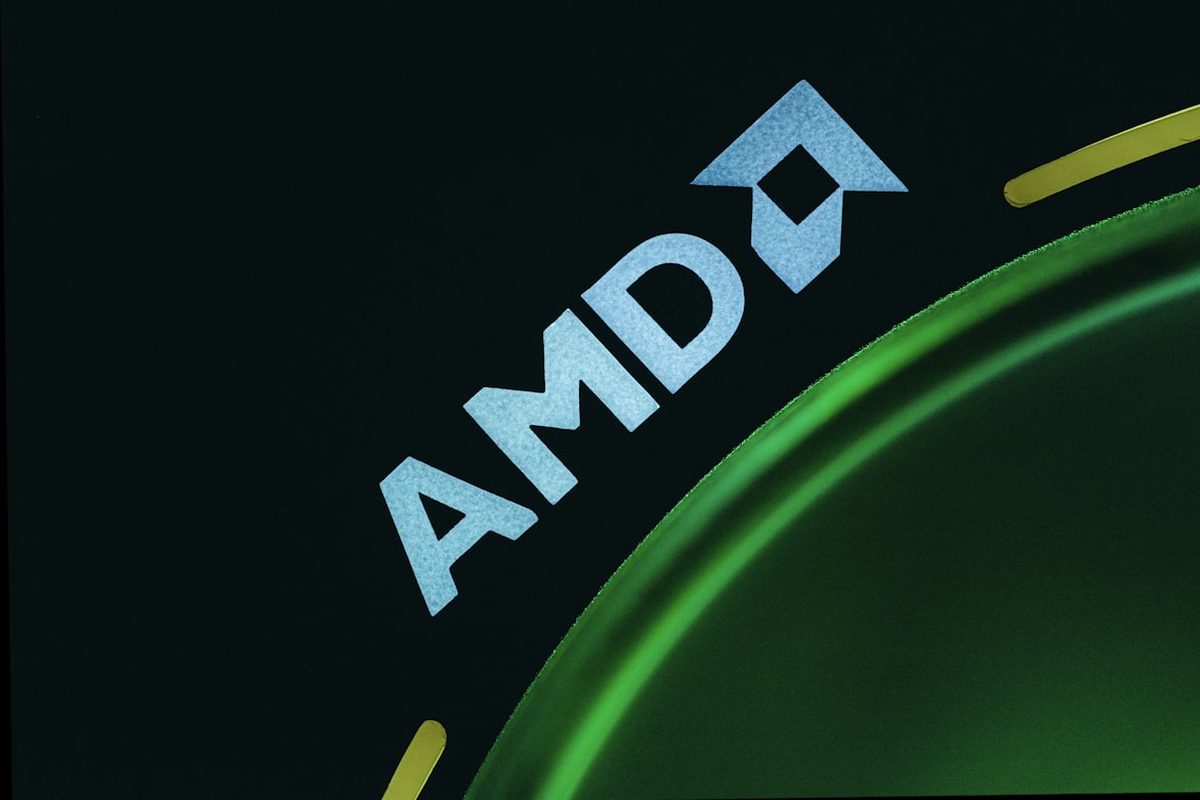
OpenAI has entered into a multibillion-dollar agreement with chipmaker Advanced Micro Devices (AMD) to use its MI450 chips to power AI products. The deal, stemming from an evolving partnership focused on hardware and software, enhances AMD’s position against market leader Nvidia.
A central element in the collaboration is the emphasis on software, a focus that has been internally championed at AMD. According to Forbes, Vasmi Boppana, the senior vice president of AI at the chip company, described CEO Lisa Su’s consistent reaction to updates on software progress as, “Great job. You need to go faster.” For a semiconductor manufacturer, this level of attention to software is critical because it is the mechanism that accesses the full capabilities of the hardware. Software optimizes the performance of the silicon and enhances its overall functionality. It also provides the essential tools for engineers to operate and program the physical chips. A significant commercial aspect of software is its “stickiness,” a term describing the tendency for engineering teams, once trained on a specific software platform, to be reluctant to switch to a new one due to the associated learning curve and integration challenges.
According to Boppana, this software strategy was instrumental in AMD securing the agreement with OpenAI. The deal specifies that the creator of ChatGPT will utilize AMD’s upcoming MI450 chips to support 6 gigawatts of compute power for its portfolio of AI products. The financial arrangement of the partnership is structured as a multibillion-dollar transaction. In addition to the hardware procurement, the agreement grants OpenAI the option to purchase up to 160 million shares of AMD, which represents a stake of approximately 10% in the company. This partnership is a substantial development for AMD as it intensifies its efforts to compete with Nvidia, the dominant force in the AI chip market.
The groundwork for this extensive agreement was laid in 2023, when OpenAI first initiated the use of AMD hardware for running some of its artificial intelligence models. This initial engagement marked the beginning of a deepening relationship between the two organizations. Over the subsequent period, AMD actively sought input from OpenAI on the architectural design of its then-forthcoming MI450 chips. This collaborative approach indicates that OpenAI’s operational experience and technical requirements directly influenced the development of AMD’s next-generation hardware, tailoring it to the demands of large-scale AI workloads.
The collaboration extended significantly into the software domain. Boppana stated, “As our relationship with OpenAI deepened, we’ve expanded the engagements across all portions of the stack, but certainly on the software side.” A specific outcome of this software-focused cooperation was the adaptation of Triton, an open-source programming language developed by OpenAI for writing code for graphics processing units (GPUs). Prior to this joint effort, Triton was exclusively compatible with Nvidia GPUs. AMD worked directly with OpenAI to enable Triton’s functionality on AMD’s own chips, broadening the language’s hardware support and making AMD’s platform more accessible to developers already proficient in the Triton environment.
The AMD-OpenAI agreement materializes amid a period of nearly insatiable demand for computational power, driven by the rapid expansion of the AI industry. This trend is underscored by several large-scale investment initiatives announced in early 2023. One such initiative is Project Stargate, a $500 billion investment venture involving President Donald Trump, OpenAI, Oracle, and SoftBank, aimed at bolstering U.S.-based data centers and AI infrastructure. Weeks after that announcement, Apple declared its own commitment of a similar magnitude, pledging $500 billion toward related infrastructure goals.
This industry-wide demand has propelled Nvidia, a company once primarily associated with chips for gaming, to a market valuation of $4.5 trillion. In this high-stakes environment, OpenAI has also diversified its hardware sourcing. Late in the previous month, OpenAI finalized a separate $100 billion partnership with Nvidia. That agreement is set to provide OpenAI with 10 gigawatts of compute power, illustrating the massive scale of resources required to develop and operate advanced AI systems. The dual partnerships show OpenAI is building a vast and varied hardware foundation.
Alongside the established players, a new generation of semiconductor startups has emerged to address the specific needs of the AI era. Companies such as Cerebras, SambaNova, Groq, and d-Matrix are developing specialized chips designed from the ground up for AI workloads. Their strategy is to offer hardware that is highly optimized for these tasks, presenting an alternative to the more general-purpose architectures of legacy chipmakers. This influx of new competitors reflects a broader industry movement to create more efficient and powerful solutions for artificial intelligence.
Sid Sheth, the CEO of startup d-Matrix, commented on the market dynamics, suggesting that the scale of the AI sector provides room for multiple successful hardware providers. “The opportunity is just so large, there’s no way OpenAI works only with Nvidia,” Sheth told Forbes. He also observed a shift in customer behavior, noting that companies are increasingly prepared to invest the effort required to integrate different hardware ecosystems. “Customers are now willing to go through the process of learning what it takes to work with AMD’s software,” he added, reinforcing the idea that the market is opening up to alternatives.
For years, Nvidia’s proprietary software platform, CUDA, has been identified by industry analysts as a key strategic asset, creating a significant competitive advantage or “moat,” particularly for training AI models. However, the competitive barrier is considered lower for inference, which is the process of running already-trained models to generate outputs. Inference is a computationally less complex task than training. OpenAI’s plan to use the AMD chips specifically for inference workloads plays to this dynamic. “The moat is not as significant,” Sheth explained, referring to the inference market. He elaborated that “The threshold of pain is coming down over time,” suggesting that the difficulties of adopting non-Nvidia hardware are diminishing.
Boppana of AMD argues that the rapid pace of innovation within the AI industry itself is helping to level the playing field. “If the world was kind of static and not evolving, and you just had lots of legacy software with the same architectures…then for sure, there is a big moat,” he said. He contrasted this with the current environment, where constant technological advancement is leading to the development of software that is easier to use for programming chips. “On a forward-looking basis, I think it’s going to be less and less important,” Boppana projected, implying that the dominance of any single software ecosystem may wane as AI technology matures.
The OpenAI partnership places AMD in a dramatically different position from where it stood in 2014, the year Lisa Su assumed the role of CEO. At that time, the company was in a precarious financial state, with its stock price at approximately $2 and having undergone significant layoffs that reduced its workforce by a quarter. The company’s struggles were attributed to its failure to penetrate the burgeoning mobile device market and declining sales in the personal computer sector. Su was tasked with engineering a corporate turnaround, which involved a strategic pivot toward the data center market and securing business from hyperscale cloud providers such as Google and Amazon.
Under Su’s leadership, AMD executed a successful recovery, with its stock price recently valued at over $235 and its market capitalization reaching $382 billion. Having re-established the company’s financial stability and competitive standing, Su’s focus has shifted to positioning AMD as a formidable player in the next major technological wave: artificial intelligence. The new goal is to build upon the data center successes and capture a significant share of the AI hardware market.
Featured image credit

































